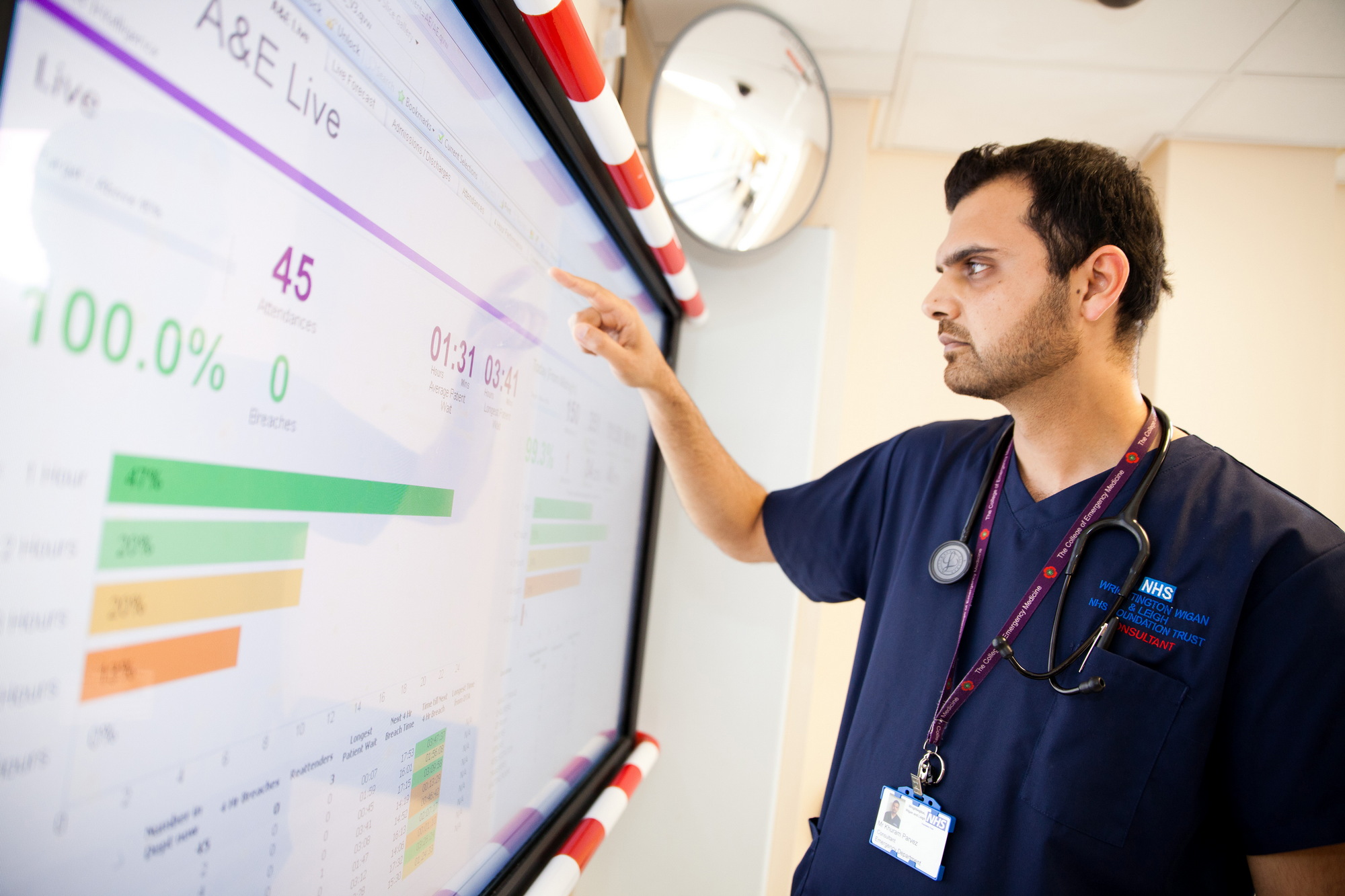Not only have we seen a rapid shift in 2020 towards the adoption of SaaS, Gartner predicts that public cloud services will be essential for 90% of data and analytics innovation by 2022. But what is catalysing this shift towards cloud-based analytics? Josh Good, vice president, product marketing at Qlik tells us more.
For many businesses in 2020, the increased use of cloud providers and online services has been essential to keeping the lights on in virtual environments. This has prompted companies to overcome the inertia and red tape surrounding SaaS, PaaS and other “aaS” products. Here are the top five drivers pushing this growth.
1. Keeping at the leading edge of augmented analytics
The rate of innovation around augmented analytics has accelerated dramatically over the past year and shows no signs of slowing.
From the introduction of natural language understanding (NLU) to machine learning, the outcomes that can be achieved from the introduction of these maturing technologies is empowering true competitive differentiation.
That said, it is little surprise that organisations don’t want to wait to take advantage of them and SaaS applications are ultimately the only way they can keep up with the rapid rate of new releases.
The traditional process of conducting infrastructure assessments and regression testing for any new upgrade prevents companies from evolving their analytics at a pace that will allow them to achieve Active Intelligence from their data.
2. Empowering anywhere working
If there is one trend that’s likely to endure as a result of the pandemic, it is that the make-up of our offices will be transformed.
After working remotely for so long, few will want to shift back to commuting every day because that’s ‘what’s done’. People will expect to be able to work from home, from their suppliers’ offices, or even from a coffee shop: wherever they are most productive in that moment.
SaaS software has already played an important role in supporting business continuity during the pandemic, but its potential will be seen far more in a post-vaccine society by providing access to analytics anywhere, on any device.
Meilleurtaux, a leading French retail financial services broker, for instance, adopted SaaS analytics to give staff at all 320 franchise agencies access to its commercial and marketing applications from any location via mobile. This helped put data at the heart of the entire business, empowering more in-depth, rapid and reliable data analysis amongst its franchisees.
3. No organisation is an island
Over the course of the pandemic, the ability to share data has been critical in helping organisations get a complete picture of the situation and collaborate on how to respond to it.
However, many organisations – both public and private – are not set up in a way that enables them to easily and securely share analysis with suppliers and partner organisations.
In fact, research that Qlik conducted into the NHS found that less than half (45%) of NHS Trusts surveyed are part of multi-agency networks that share analytics. However, some are looking to SaaS analytics to help them share more data between different health and care organisations and capture a complete picture.
Through the use of SaaS analytics, Wrightington, Wigan and Leigh NHS Foundation Trust, for instance, has been able to share data with social care, mental health, Family Physicians, and senior managers to ensure a joined-up response to the challenges presented by Covid-19. All within a governed framework to ensure data security is maintained.
4. Lowering the barrier to entry
The potential of analytics in informing agile decision-making has been proved beyond question in the precarious environment we’ve been operating in this past year. This will undoubtedly lead many organisations that have not already adopted data analytics to pursue it in 2021.
Typically, when starting on their analytics journey, we recommend organisations ‘start small’: find a well-defined project that makes an impact and then scale up once you’re seeing a return on investment (ROI).
However, pre-SaaS, the challenge to many was the sheer scale of upfront investment needed for even a small project.
Then, if the project were a success, the process of upgrading from a more rudimentary offering to an enterprise service would once again require significant time and effort.
With SaaS analytics, the technical barrier to entry and level of investment required for initial projects help organisations see the ROI even more quickly. The process of then moving to enterprise-grade software can be as simple as the click of a button.
5. Increase reliability and scalability
The data that an organisation holds is its greatest asset; the immense growth of criminal organisations embarking upon cybercrime is testimony to this.
SaaS environments lower the data security risk to an organisation as there is far less room for error than when servers are manually configured.
Furthermore, the certifications that SaaS software providers must achieve to become a viable vendor mean that organisations can be confident that the analytics software they’re procuring meet the stringent security standards required to keep their greatest asset safe. Look for vendors who hold third party certification such as SOC II and ISO27001.
Powering the next generation of business intelligence
There is no question that the analytics industry is undergoing significant transformation as the appetite for data-informed agility, coupled with more distributed working practices, demand a shift away from traditional on-premise solutions.
SaaS analytics will undoubtedly underpin the rapid innovation, collaborative analysis, and real-time insights that will characterise the next generation of data-informed decision-making and Active Intelligence.

